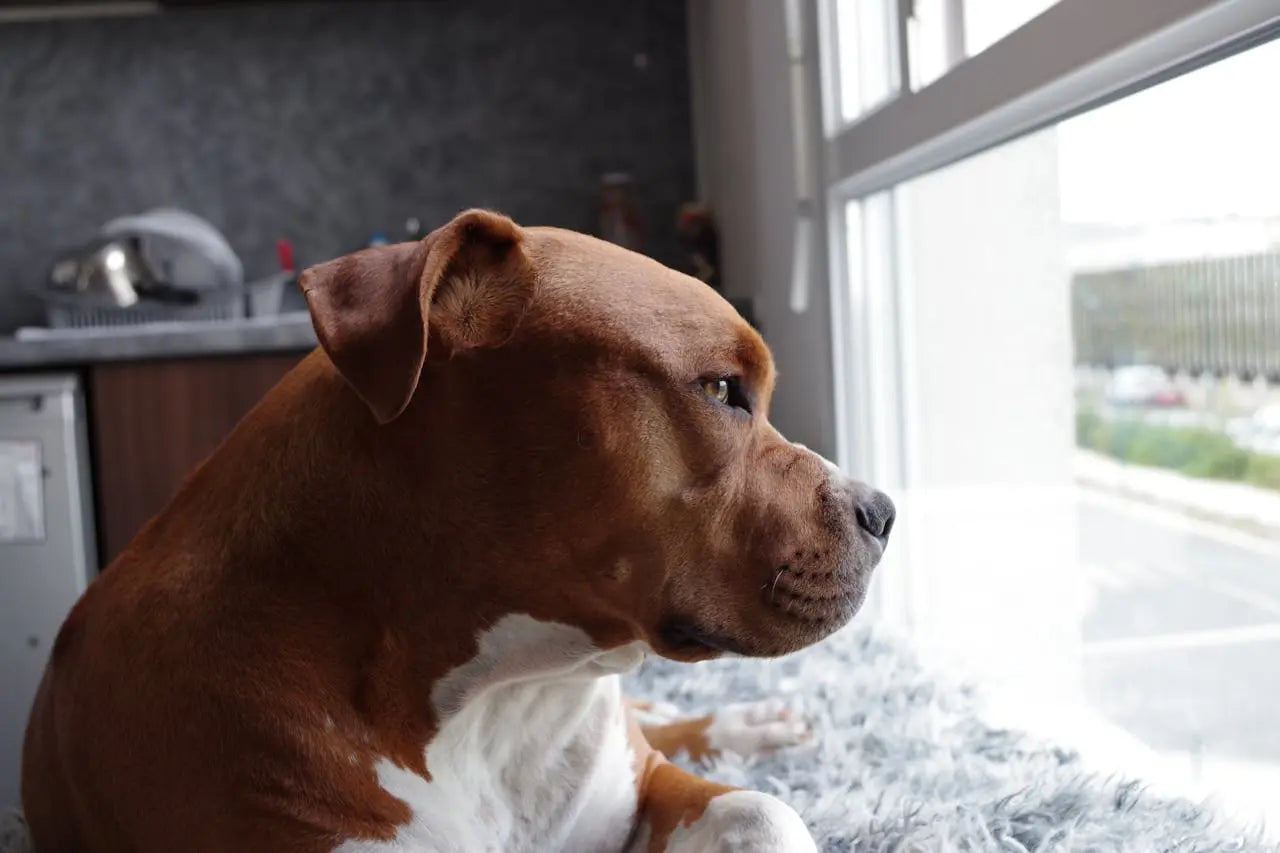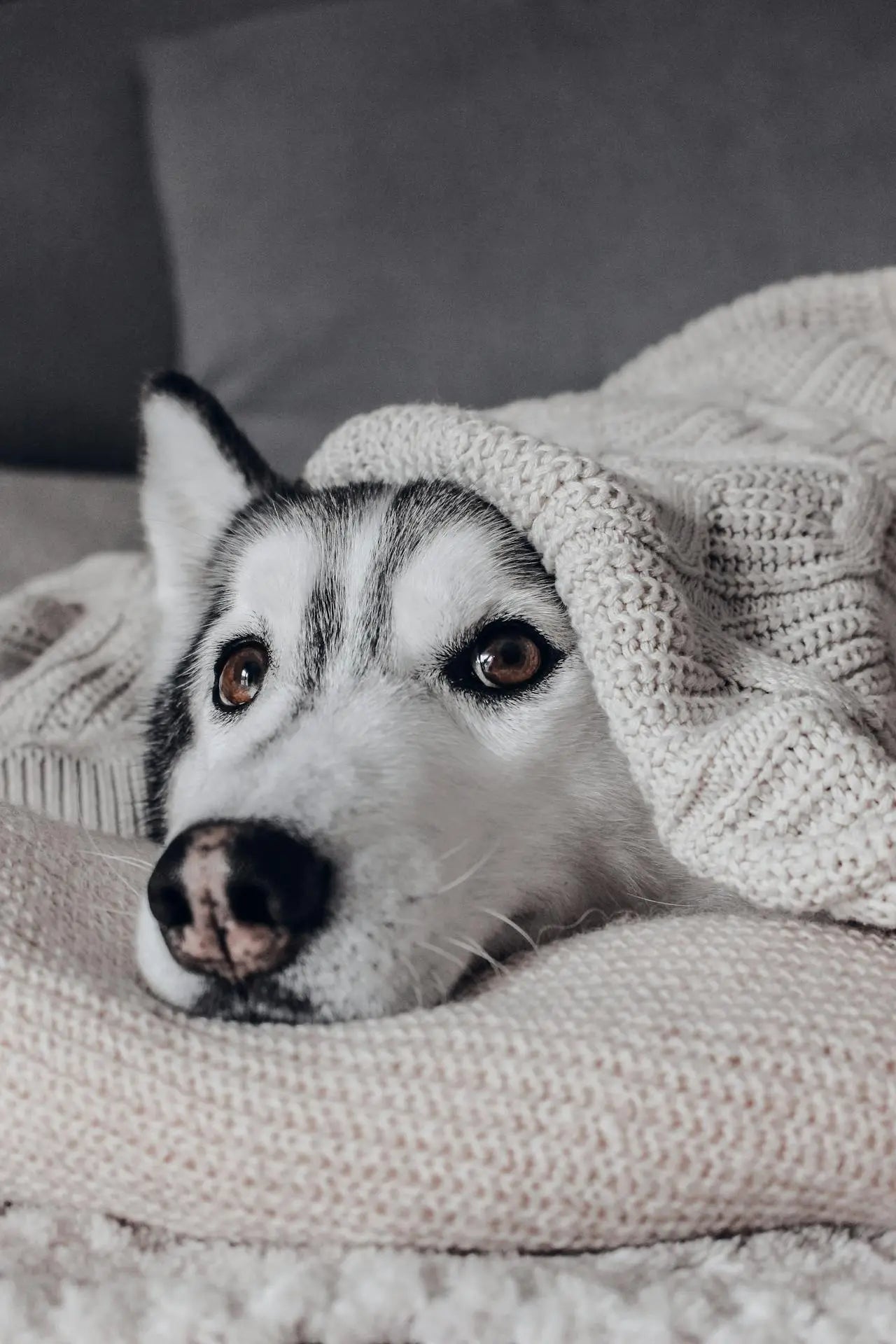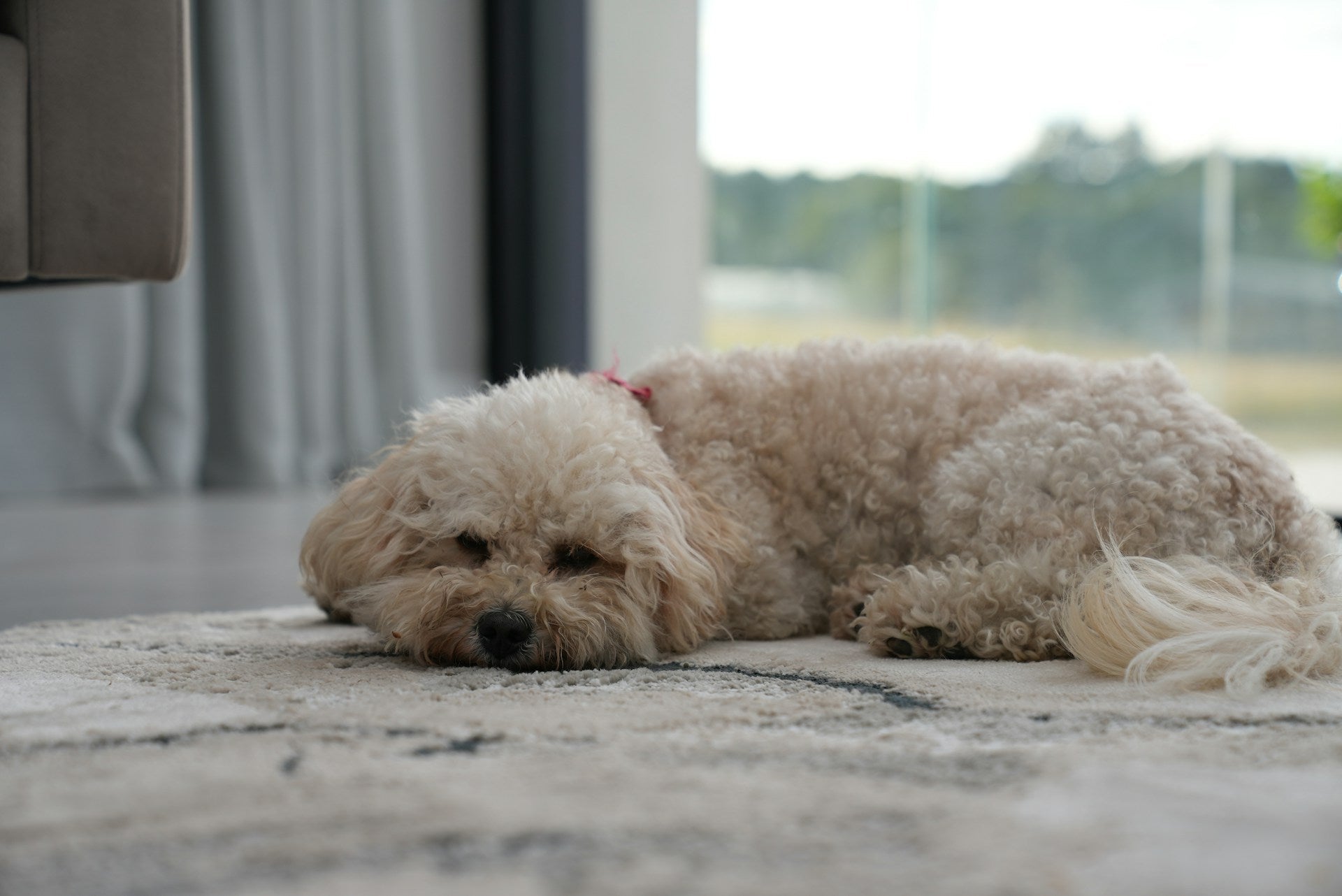Does your dog panic when you leave the house? Whine, bark, or even destroy furniture when you’re gone? Separation anxiety isn’t just inconvenient — it’s distressing for dogs. But the good news? You can help your pup feel more confident and independent with the right steps.
What Is Separation Anxiety?
Separation anxiety is a behavioural condition where dogs experience intense stress when left alone. Common signs include:
- Destructive behaviour (chewing, digging, scratching doors)
- Excessive barking or howling
- Pacing or restlessness
- Accidents in the house (even if house-trained)
- Clinginess or following you from room to room
What Causes It?
It’s often triggered by:
- Sudden changes (moving house, new schedule, going back to work)
- Lack of early socialisation or time alone as a puppy
- Over-bonding with a single person
- Previous trauma (especially in rescue dogs)
5 Ways to Build Confidence in Anxious Dogs
1. Practice Short Departures
Start with leaving for 2–5 minutes. Don’t make a fuss when leaving or returning. Gradually increase the time to help your dog get used to your absence.
2. Create a Calm Goodbye Ritual
Keep departures calm and predictable. Avoid saying long emotional goodbyes — they increase anxiety. Instead, use a consistent cue like “back soon.”
3. Use Enrichment to Shift Focus
Leave your dog with a frozen kong, puzzle toy, or snuffle mat to keep them mentally engaged while you’re away. This builds positive association with alone time.
4. Try Calming Supplements
Pupps Calming Treats contain valerian root, L-Theanine, and chamomile to help reduce anxious behaviours without drowsiness. Give 30–60 minutes before expected separation.
5. Encourage Independence
Train your dog to enjoy solo time even when you’re home. Give them a comfy space, and reward them for settling independently without constant attention.
When to Seek Extra Help
If your dog shows signs of severe distress (self-harm, excessive destruction, nonstop barking), consult a certified dog behaviourist. Professional support alongside your efforts can fast-track results.
FAQ
How long does it take to fix separation anxiety?
It varies — some dogs improve in a few weeks, others take longer. Consistency, patience, and calm reinforcement are key to progress.
Do calming treats really help?
Yes, many dogs respond well to natural calming aids like Pupps Calming Treats. They’re most effective when combined with training and structure.
Author Bio
Written by Leigh Rose, founder of Pupps and dedicated dog dad. With a passion for natural pet wellness, Leigh collaborates with UK veterinary professionals to deliver safe, science-backed supplements for dogs across the UK.
Final Thoughts
Separation anxiety isn’t permanent. With positive reinforcement, calming support, and a structured approach, your dog can learn that being alone isn’t scary — it’s safe. Start slow, stay consistent, and celebrate every win, no matter how small.
🐾 Support your dog’s emotional health with Pupps Calming Treats.




Leave a comment
This site is protected by hCaptcha and the hCaptcha Privacy Policy and Terms of Service apply.